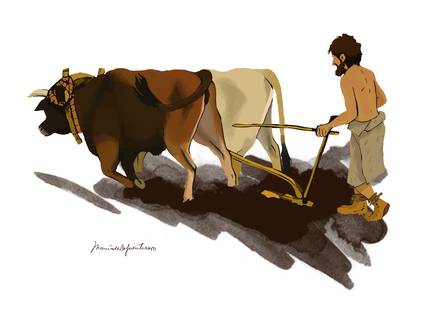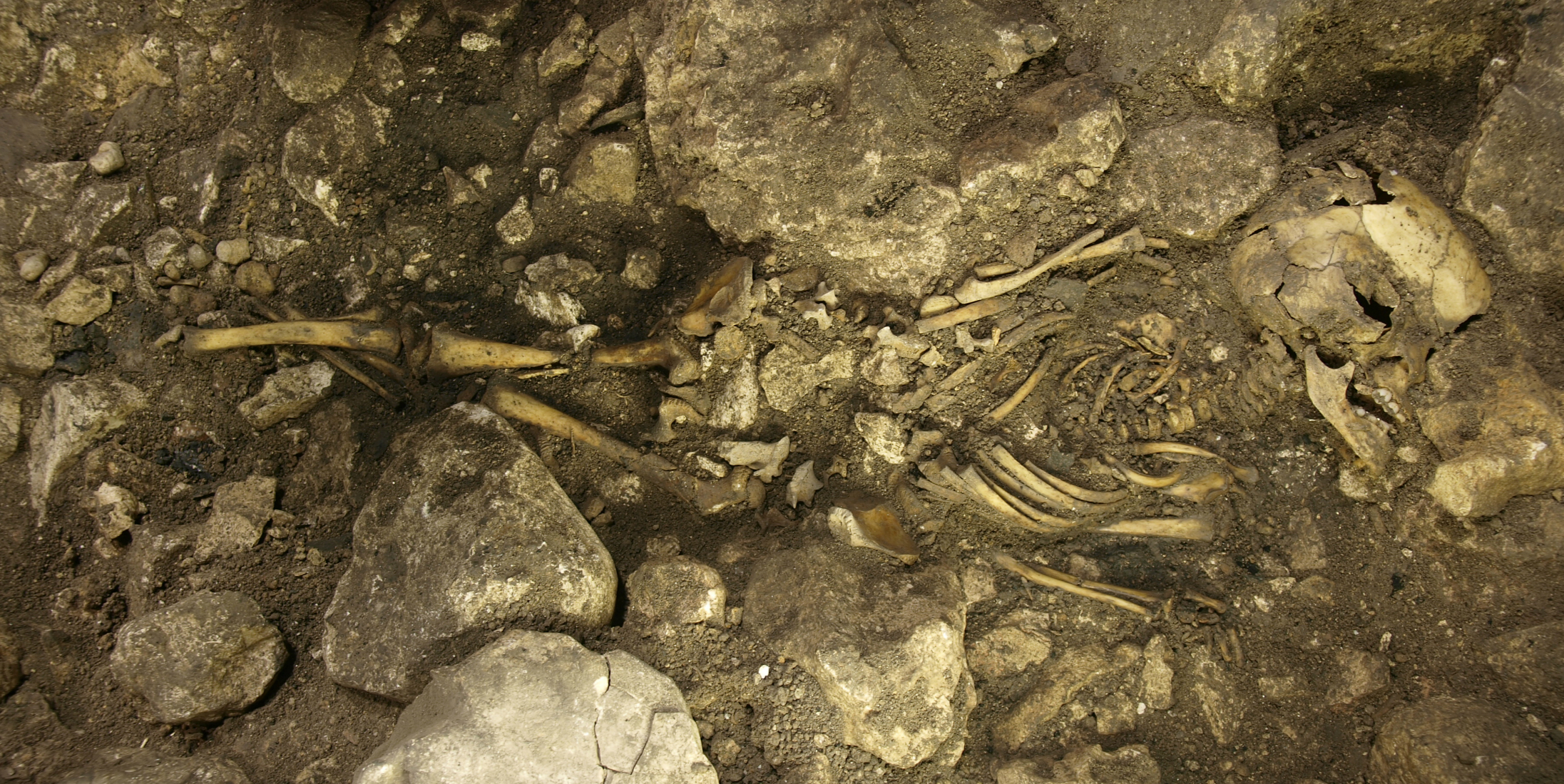4,000 years of history of post-Neolithic migrations in the Iberian Peninsula
2018/03/12 Galarraga Aiestaran, Ana - Elhuyar Zientzia Iturria: Elhuyar aldizkaria

Migrations and diet of the prehistoric period of the Iberian Peninsula have been analyzed for 4,000 years, using archaeological, genetic and isotopic data. This has allowed, among other things, to confirm that the Basques of today are direct descendants of the first Neolithic peasants who arrived on the peninsula. Later, in the Bronze Age, a new migration came from central Europe, with which it is possible to bring the Indo-European language. As for the diet, farmers have shown that in those 4,000 years it hardly changed.
The study has been published in the journal PNAS. Among its authors, Eneko Iriarte Avilés, researcher at the University of Burgos, highlights, among the genomes investigated, the oldest of the Neolithic of the Iberian Peninsula (site of the Cave of the Bats of Zuheros, in Cordoba, 7,245 years ago) and other vestiges of the southern area of Europe. "This is significant because the country's arid climate makes it difficult to obtain good samples and is also a good place to seek the influence of possible migrations in Africa," explains Iriarte.
The results of this interdisciplinary research highlight the following conclusion: “We have come to the conclusion that the human group that brought the Iberian Peninsula in the Neolithic was relatively small, as they show a low genetic diversity. This differentiates them from other populations that have moved in the Neolithic towards central and northern Europe. They came from the Mediterranean coast and the current populations of Sardinia and the surroundings of Euskal Herria can be considered direct descendants. As it reached the peninsula, it mixed with local populations and the inherited genetics quickly enriched.”
At the end of the Neolithic, the Yamna culture, from the Pontoon Steppe, revolutionized the population of central Europe. Iriarte explains that he arrived on the peninsula five centuries later. The genetic trace left by them is evident among the men of Euskal Herria, from which the R1b-DF127 group of chromosome Y can proceed, “the largest of the men of the Iberian Peninsula (40%), especially among the Basques (70%)”, he said.
To know the diet, a study of the isotopes of carbon, nitrogen and oxygen to all traces has been carried out and it has been proven that in those 4,000 years the diet was similar. “Apparently, they not only accepted the life and culture of immigrants, but also the diet,” said Iriarte.
In his opinion, the research shows that local research is necessary to understand “in all complexity” the migrations of human groups. In fact, it has highlighted the uniqueness of the European West with respect to the rest of the continent.

Gai honi buruzko eduki gehiago
Elhuyarrek garatutako teknologia






